Iznik tiles were once a glorious pride, adorning iconic structures such as the Blue Mosque and Topkapi Palace in Istanbul. The style reached its peak in the mid-16th century, thanks to the use of quartzite, which created a brilliant white base for decoration, along with the distinctive and striking coral red hue. The decline of Iznik ceramics began in the 17th century, with the decline of the Ottoman Empire. Demand for royal patronage declined, kilns closed, and the know-how was lost.
It wasn’t until the 20th century that efforts to revive Iznik art really took off. A major turning point came in 1993, when economics professor Isil Akbaygil founded the Iznik Foundation. With a burning passion, the foundation’s experts spent nearly two years experimenting, collaborating with prestigious universities such as MIT and Princeton in the US, to recreate the lost technique.

The secret lies not in the raw materials but in the mixing ratio, firing temperature and technique that creates the rare red color. Modern Iznik tiles continue to use up to 85% quartz, the highest level in the world , giving the product its characteristic brightness and depth. After decorating with metal oxides, the tiles are covered with a special quartz base glaze that allows modern Iznik tiles not only to recreate but also to honor the historical beauty, ensuring the highest technical quality in the ceramic market.
Three decades after its “rebirth,” Iznik has seen an admirable renaissance. Ceramic artists such as Adil Can Guven and Mehmet Gürsoy are recreating ancient motifs such as tulips, plants, and sailboats in the Turkish style, seamlessly blending the classic with the modern.
Through the artist’s skill, emotion and meticulousness, each tile, plate and vase becomes a true work of art. This revival has brought Iznik pottery back to contemporary life, proving that traditional art can be preserved and developed through the combination of cultural passion and modern science . The street corners of Iznik have vividly reflected this revival process. From family workshops, pottery stalls to modern houses and buildings are decorated with elegant porcelain enamel.
One of the most important and meaningful turning points in Iznik’s transformation journey is the cross-continental cooperation with Jingdezhen, known as the famous “Ceramic Capital” of China. In 2021, the two cities signed a sister city agreement, opening the door to extensive cooperation, from the exchange of elite arts to the expansion of trade, forming a solid “ceramic industry alliance”.
This cooperation agreement not only helps Iznik absorb and improve ceramic production techniques but also opens up a space for deeper integration. In particular, Jingdezhen's plan to open its second official flagship store in Turkey in 2025 is expected to become a bridge to spread the essence of Chinese ceramics, while spreading Iznik's influence in the European and Middle Eastern markets.
Source: https://www.sggp.org.vn/hoi-sinh-di-san-gom-su-iznik-post824955.html





















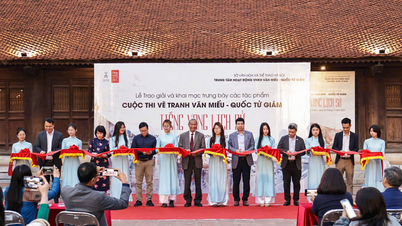



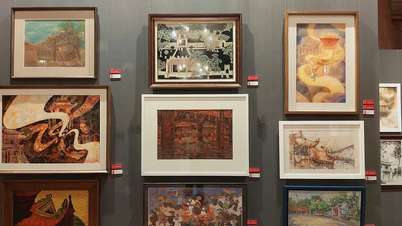








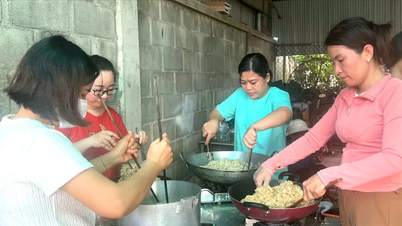




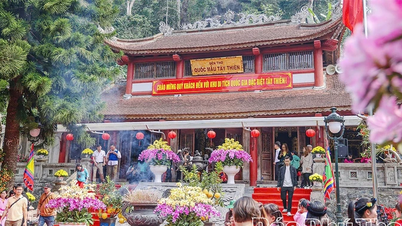



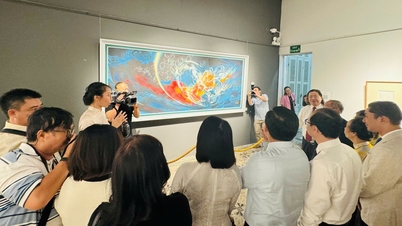


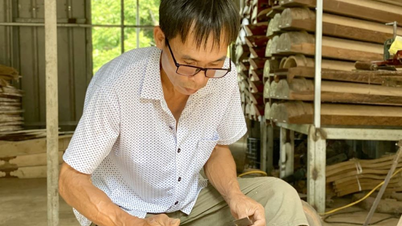







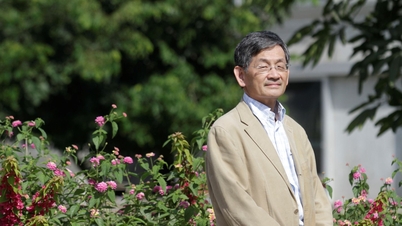



















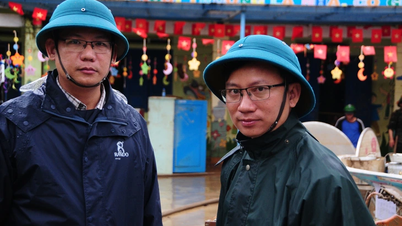


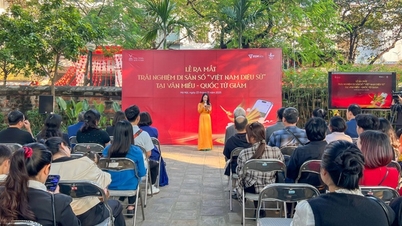





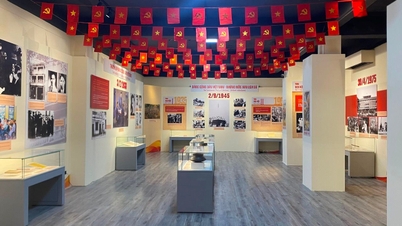






















Comment (0)